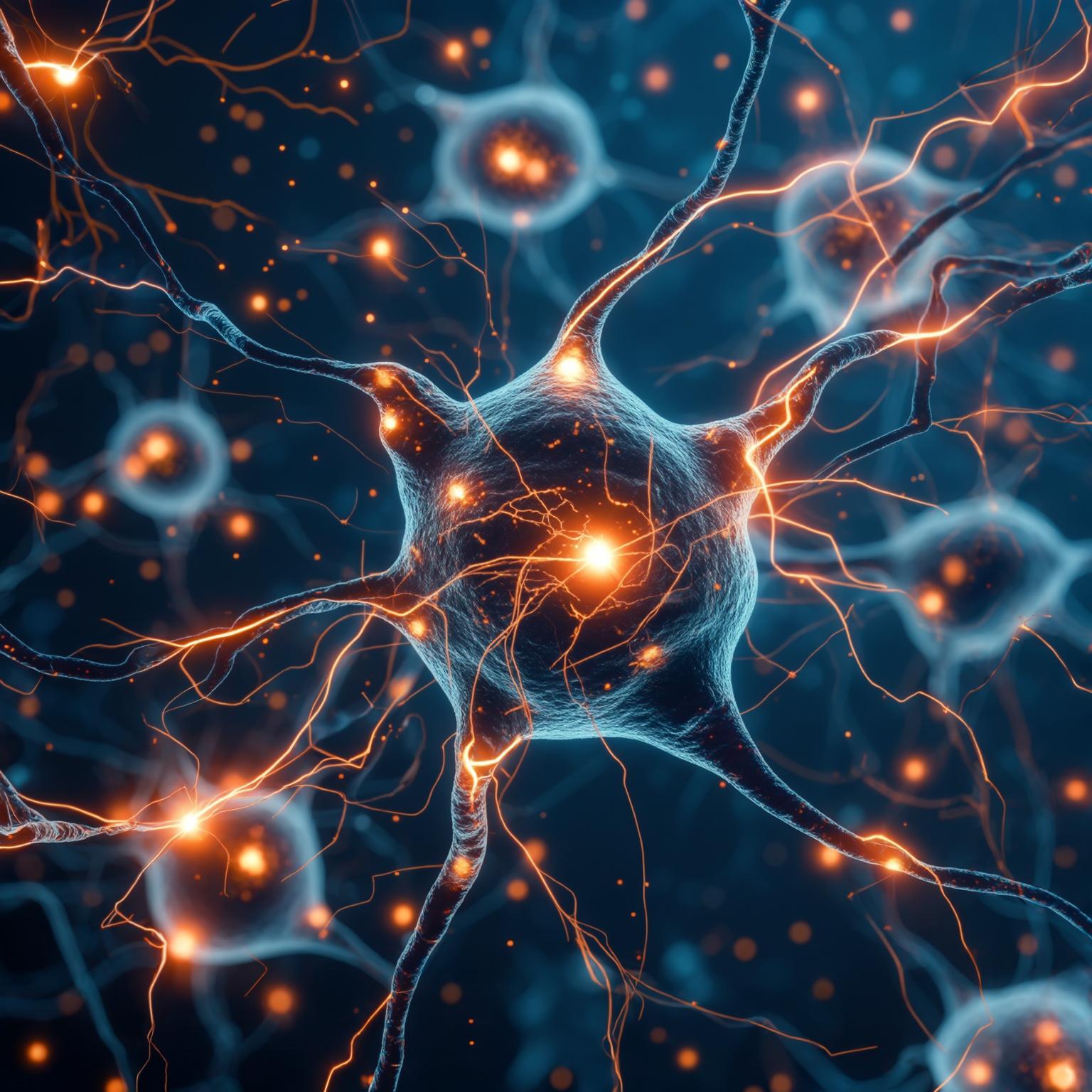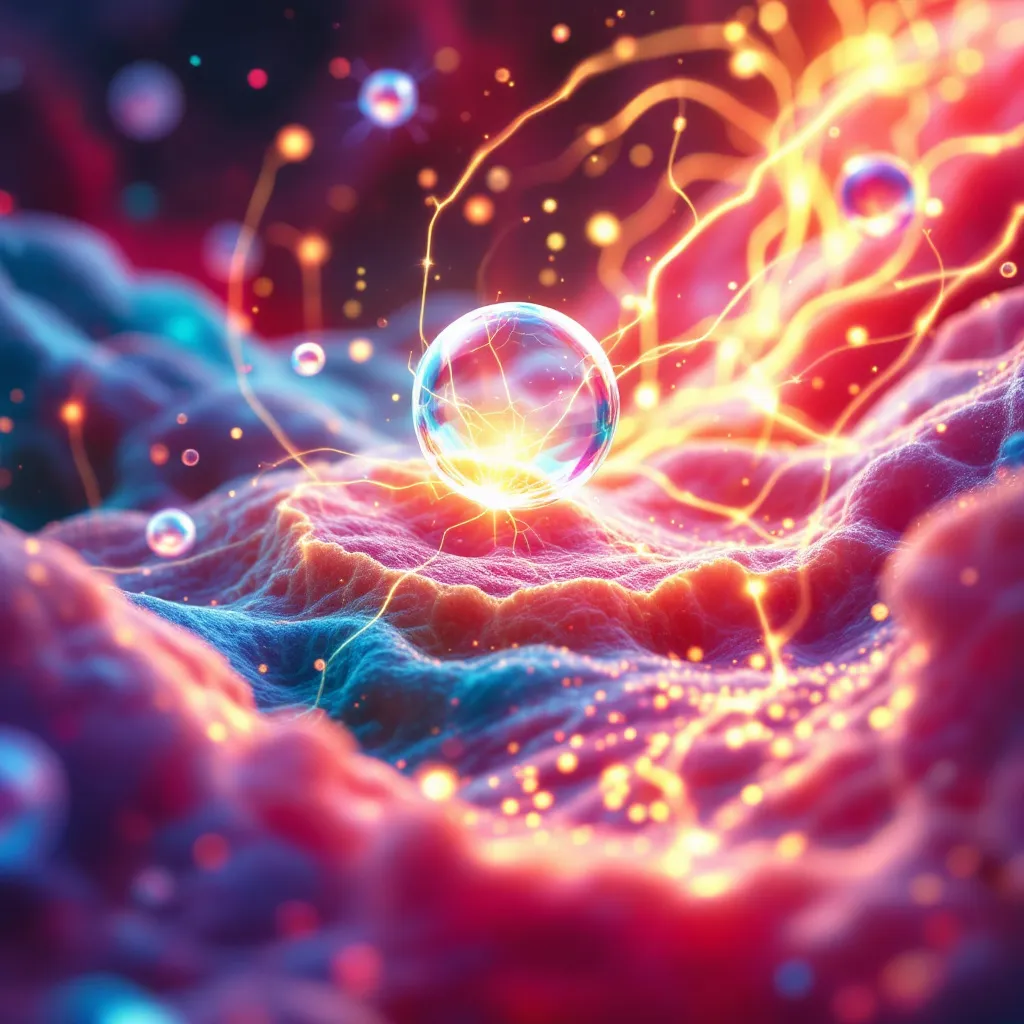Foundational Principles of Bioelectricity
Bioelectrical medicine explores the intrinsic electrical signals that govern cell behavior and tissue function. From the propagation of nerve impulses to the regulation of organ systems, understanding these signals is essential.

1. The Cellular Electrical Language
Cells constantly communicate using a sophisticated system of electrical signals. These "electrical signatures" are essential for coordinating activities, from growth to stimulus response. Bioelectricity is, in essence, the language our cells speak.
Core Principle: Electrical signatures are the language of cellular communication.2. Origins: Historical Milestones
The fascination with electricity in living beings is not new. Pioneering experiments in the 18th and 19th centuries, such as those by Luigi Galvani on "animal electricity" and Alessandro Volta, laid the groundwork. These initial discoveries revealed electricity's fundamental role in physiology and paved the way for modern therapies.
Historical Impact: Pioneering research laid the foundation for today's bioelectrical therapies.Key Components of Bioelectrical Systems
Cellular electrical activity is driven by specialized components that work in concert. Understanding these is key to harnessing bioelectricity in medicine. Click on each component to learn more:
Ion Channels
These are protein-based pores or gates embedded in cell membranes. They selectively allow specific ions (charged particles like Na+, K+, Ca2+, Cl-) to pass in or out of the cell. The opening and closing of ion channels are fundamental to generating electrical signals.
Membrane Potentials
This refers to the difference in electrical charge (voltage) across a cell's membrane. It's created by an uneven distribution of ions. The resting membrane potential is a baseline, while changes (like action potentials in nerves) constitute electrical signals.
Complex Signaling Pathways
Beyond simple on/off states, bioelectrical signals are part of intricate networks. These pathways involve multiple types of channels, receptors, and intracellular messengers that process and transmit electrical information to coordinate vital functions like growth, differentiation, and repair.
The Intrinsic Power: Bioelectricity and Tissue Regeneration
Our bodies possess a remarkable ability to heal, and bioelectrical signals are key directors in this process. From closing a wound to repairing damaged tissues, bioelectricity orchestrates regeneration.

Natural Guidance for Repair
Bioelectric signals act as a roadmap for cells involved in repair. They influence their proliferation (multiplication), migration (movement towards the damaged area), and differentiation (specialization into the required cell type).
Healing Insight: Harnessing these signals can significantly accelerate tissue regeneration.Modulating Cellular Behavior
Through the controlled application of external electrical stimuli, it's possible to modify cell behavior. This technique can "awaken" or "direct" cells to initiate or enhance healing and repair processes, especially in situations where the body's natural capacity is compromised.
Therapeutic Advantage: Electrical cues offer a powerful tool to direct the body's innate healing processes.Lessons from Embryonic Development
Studies on how organisms form during embryonic development are revealing. Bioelectric gradients (voltage differences across tissues) have been found crucial for sculpting functional organs and tissues. These natural patterns offer a valuable blueprint for designing new regenerative therapies.
Developmental Blueprint: Nature's own bioelectric patterns guide innovative approaches to healing.